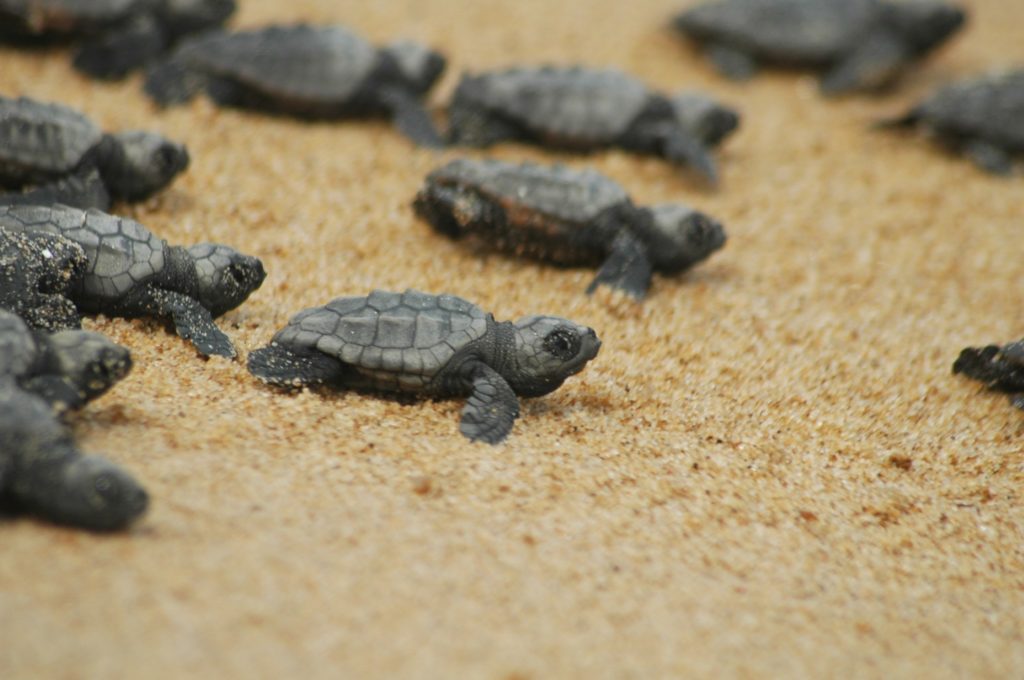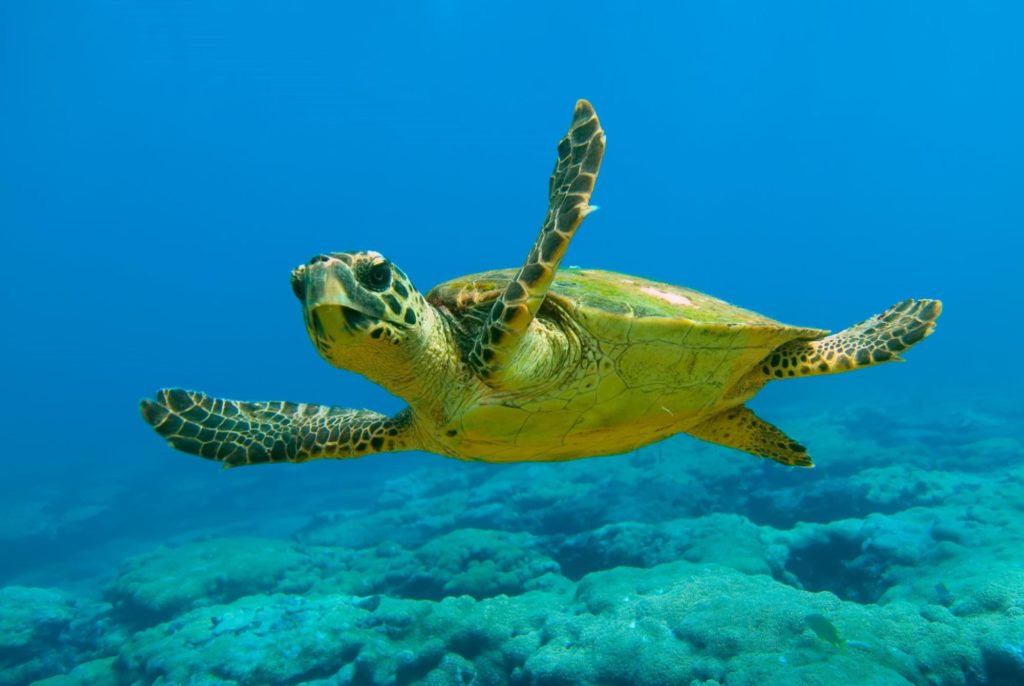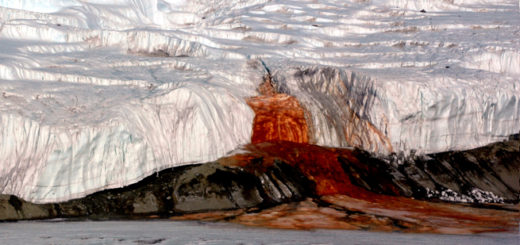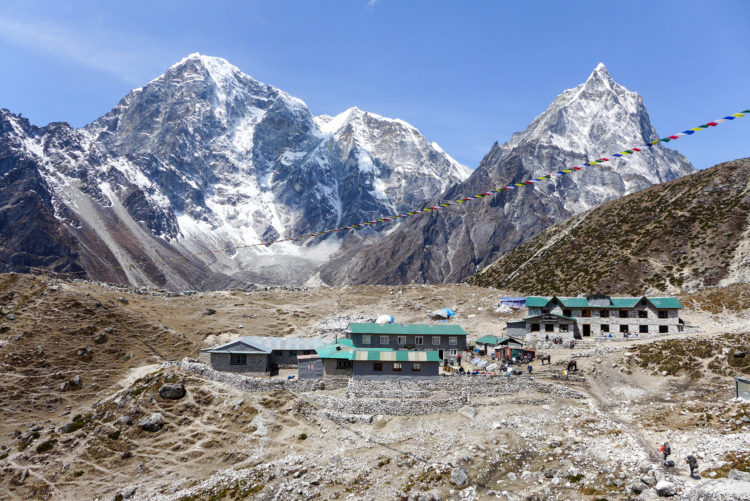Greece’s Loggerhead Sea Turtles

Loggerhead sea turtles can be found around the world. Near the Greek Islands, they mostly nest on the shores of Zakynthos, Peloponnese, and Crete.
When we think of the Greek Islands, we tend to conjure images of whitewashed buildings with sky blue detailing, long sandy beaches, and crystal clear waters. In addition to this world famous scenery, the Greek Islands are also home to an abundance of wildlife, such as the endangered loggerhead sea turtle.
Loggerhead sea turtles, known to scientists as Caretta-Caretta, can live up to 70 years and grow to weigh 100-150 kilograms.
Not only tourists flock back to the Greek Islands every summer. Loggerhead turtles are philopatric, which means they return to the very same beach on which they were born to lay their own eggs. Given the vast distances they travel, their ability to find their old home is incredible. Like other migratory creatures, loggerheads accomplish this using the Earth’s magnetic field.

Hatchlings making their way to the ocean, only to return when its time to lay their own eggs.
The heroic life of a loggerhead hatchling
Female sea turtles approach the shores of the Greek Islands to give birth every 2-4 years during May to September. Unfortunately, this is also peak tourist season, which poses a number of challenges for turtles searching for a dark and quiet place to safely lay their eggs.
Once they manage to find a nesting place, the turtles lay 20-200 eggs and bury them in the sand. The mothers then head back to the sea, never to see their babies again. After 2 months, the hatchings emerge from the warm sand. They then follow in their mothers’ footsteps to the ocean to begin life at sea. The female hatchlings live in the ocean until they reach maturity and eventually return to the same beach to lay their own eggs.
Habitat destruction
The Greek Islands have witnessed a considerable decline of the loggerhead population in the past several decades. Aside from polluted waters, the main threat to the sea turtles is the destruction of their habitats.
The deterioration of the beaches where loggerheads are born makes them incapable of reproduction. If they return to their home beach to find it booming with loud music, bright lights, and crowds of tourists, they’ll head back to the ocean. Loggerheads will wait decades to be able to safely lay their eggs at their home beach. But eventually, they’ll ‘lay’ their eggs in the sea, and of course, lose them.
On beaches frequented by loggerheads, human-produced light and noise can also disorientate hatchlings on their way to the ocean. Hatchlings are drawn towards the brightest light, which was once the reflection of the moon or stars in the water. Without intervention from conservation groups, they are likely to get lost and die of dehydration or exhaustion.
As travellers, it’s important to minimize our environmental footprint to avoid disrupting the turtles’ reproduction cycle.
What can we do?
Remember: Turtles have survived on Earth since dinosaurs roamed 65 million years ago. We do not want to be the reason they become extinct. There are a number of ways we can help preserve loggerheads’ habitats during our sun-kissed Greek holidays.
Talk to your hotel: Unfortunately, many hotels only take action when they know clients are aware of the implications of tourism on habitat destruction. Before you book, ask the hotel what measures they’re taking to minimize their environmental impact. Choose to lodge somewhere that respects the natural environment.
Avoid beaches at night: Since turtles only lay their eggs after dark, avoid walking on the beaches during these hours. You may accidently step on a tiny hatchling or scare a nesting turtle.
Minimize light pollution: Lights distract hatchlings on their journey to the sea. Avoid using flashlights on the beach, close your curtains and turn off your exterior lights after sunset, and ask your hotel to do the same.
Keep beaches clear of clutter: Clear your sunbeds and umbrellas off the beach at night so they don’t obstruct the paths of nesting mothers and hatchlings.
Pick up trash: Ensure all waste is properly disposed of. Many turtles die from ingesting plastic bags that make their way into the ocean, mistaking them for jellyfish.
Report a nest: If you locate a nest, call a reputable conservation organization, such as Archelon or Medasset. When informed, these groups place metal cages over nests until the baby turtles hatch and depart for the sea.
How do you make an effort to minimize your environmental impact when travelling? Let us know in the comments below.
Latest posts by Victoria Boyd (see all)
- Norway Untouched: A Journey into the Fjords - January 23, 2018
- Three Days, Three Cities: Belgium’s Brussels, Ghent and Bruges - December 12, 2017
- 5 Tips for Taking Better Travel Photos - November 14, 2017








 Almost all the tea houses in
Almost all the tea houses in 











